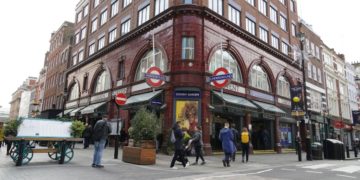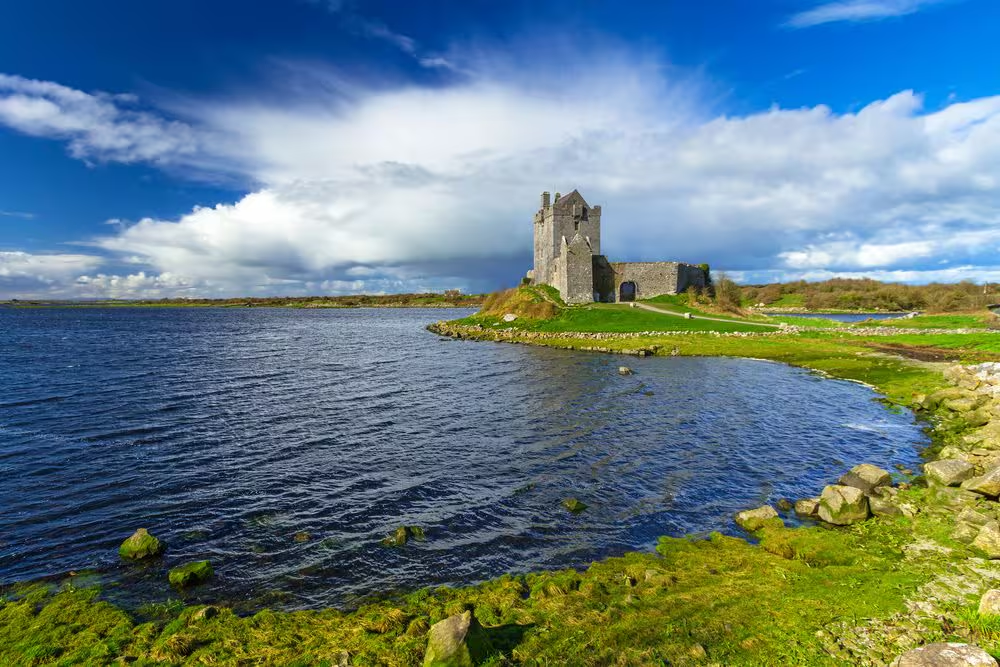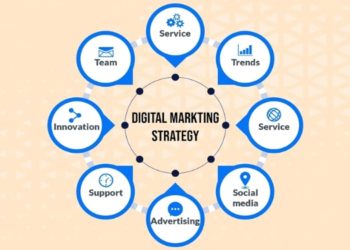Ireland offers travellers something increasingly rare—authentic experiences that combine world-class cuisine, genuine cultural immersion, and some of Europe’s most spectacular driving routes. This perfect trinity transforms visits from simple holidays into transformative journeys that linger in memory long after returning home.
The evolution of Irish tourism reflects a sophisticated understanding that modern travellers seek meaningful connections rather than superficial sightseeing. From the Wild Atlantic Way’s dramatic coastlines to Dublin’s thriving food scene, Ireland delivers experiences that satisfy adventurous spirits, cultural enthusiasts, and culinary explorers alike. AmazingFoodAndDrink.com captures this culinary journey through comprehensive guides to Ireland’s finest restaurants, traditional recipes, and food experiences that define modern Irish gastronomy.
Planning Your Irish Adventure: Where Culture Meets Cuisine
Ireland’s compact size belies its incredible diversity, with each region offering distinct cultural experiences and culinary specialities that reward exploration. Dublin serves as the perfect starting point, where literary history meets contemporary creativity in a city that balances tradition with innovation. Trinity College’s Book of Kells provides historical context before exploring Temple Bar’s vibrant atmosphere—though locals will direct you to George’s Street and Exchequer Street for more authentic dining experiences.
Cork, Ireland’s self-proclaimed food capital, demands several days to properly explore. The English Market showcases local producers whose families have traded for generations, whilst restaurants like Paradiso demonstrate vegetarian cuisine that rivals any European capital. Ballymaloe House in nearby Shanagarry offers farm-to-fork experiences that epitomise Ireland’s food revolution. ConnollyCove.com provides invaluable insights into Ireland’s hidden cultural gems, from traditional music sessions in Doolin to lesser-known archaeological sites that reveal ancient Irish civilisation.
Galway pulses with artistic energy, particularly during summer festivals when streets fill with performers, artists, and food vendors. The city’s connection to the Atlantic shapes both culture and cuisine, with seafood restaurants overlooking Galway Bay serving oysters, mussels, and fish landed hours earlier. The nearby Aran Islands preserve Irish language and traditions increasingly rare on the mainland, offering glimpses into Ireland’s cultural soul through stone fortresses, traditional farming, and hand-knitted sweaters that tell stories through their patterns.
Belfast’s transformation from industrial powerhouse to cultural destination demonstrates Northern Ireland’s renaissance. The Titanic Quarter symbolises regeneration, whilst traditional neighbourhoods maintain authentic character through local pubs, markets, and community festivals. The city’s complex history adds layers of meaning to visits, with murals, peace walls, and museums providing context for understanding contemporary Ireland.
The Wild Atlantic Way: Europe’s Most Spectacular Coastal Drive
Stretching 2,500 kilometres from Donegal to Cork, the Wild Atlantic Way represents one of the world’s great road trips, where dramatic landscapes frame unforgettable driving experiences. This isn’t merely a scenic route—it’s a journey through Ireland’s raw beauty that demands proper vehicles capable of handling narrow roads, steep inclines, and weather that changes within minutes.
The Cliffs of Moher provide the route’s most famous vista, but experienced drivers know that lesser-known sections offer equally spectacular rewards. Slea Head Drive on the Dingle Peninsula combines archaeological sites with ocean panoramas, whilst the Sky Road near Clifden delivers views that justify every challenging bend. Amazing Cars and Drives offers essential guidance for selecting appropriate vehicles for Irish roads, from compact cars perfect for village navigation to robust SUVs that handle rural terrain confidently.
The Ring of Kerry traditionally attracts crowds, but smart travellers drive clockwise against tour bus traffic or explore the parallel Skellig Ring for quieter experiences with equally stunning views. Stop at Portmagee for fresh seafood before taking boats to Skellig Michael, where sixth-century monastery remains perched impossibly on Atlantic rocks demonstrate ancient Irish determination.
Donegal’s remote beauty rewards adventurous drivers willing to venture beyond typical tourist routes. Malin Head, Ireland’s northernmost point, offers wild Atlantic drama without crowds, whilst Glenveagh National Park’s mountain roads lead through landscapes seemingly unchanged since prehistoric times. These drives require concentration and suitable vehicles—narrow roads with grass growing down the centre test driving skills whilst rewarding with complete immersion in Irish wilderness.
Irish Food Experiences That Define Your Journey
Modern Irish cuisine transcends stereotypes of heavy stews and endless potatoes, though both feature brilliantly when properly prepared. The food revolution transforming Ireland creates experiences that rival any European destination, with restaurants, producers, and food festivals showcasing innovation rooted in tradition.
Dublin’s dining scene explodes with creativity, from Chapter One’s Michelin-starred interpretations to casual excellence at places like The Fumbally. Food markets including Temple Bar Food Market on Saturdays connect visitors directly with producers, offering tastings of Irish cheeses, artisan breads, and charcuterie that challenge preconceptions about Irish food.
The English Market in Cork city deserves half-day exploration, with vendors eager to share stories behind products from black pudding to fresh oysters. Tom Durcan’s legendary spiced beef represents Cork’s unique food culture, whilst On The Pig’s Back offers sandwiches that inspire queue-forming devotion. Nearby, the Franciscan Well Brewery demonstrates Ireland’s craft beer revolution through tastings in atmospheric settings.
Kinsale earned Ireland’s first “Gourmet Destination” designation through concentration of exceptional restaurants in a picturesque harbour town. The annual Gourmet Festival in October showcases this excellence, though visiting any time rewards with restaurants like Bastion and The Black Pig offering modern Irish cuisine using hyper-local ingredients. The town’s position allows chefs to source fish directly from returning boats, vegetables from surrounding farms, and dairy from nearby producers.
Dingle Peninsula combines stunning scenery with serious food culture, where restaurants like Out of the Blue serve only daily catches, closing when fish runs out. Dingle Distillery offers whiskey tours explaining Irish whiskey’s renaissance, whilst Murphy’s Ice Cream creates flavours like Dingle sea salt and brown bread that capture local essence in frozen form. Food festivals throughout summer celebrate everything from lamb to seafood, creating reasons to return repeatedly.
Cultural Immersions Beyond Tourist Attractions
Authentic Irish culture extends far beyond shamrocks and leprechauns, revealing itself through music sessions, storytelling traditions, and community celebrations that welcome respectful visitors. Traditional music sessions happen nightly across Ireland, but finding genuine experiences requires local knowledge and timing.
Doolin in County Clare remains traditional music’s heartland, where pubs like O’Connor’s and McGann’s host sessions that attract world-class musicians alongside talented locals. These aren’t performances but communal experiences where music emerges organically, stories flow between tunes, and visitors absorbing atmosphere respectfully become part of centuries-old traditions.
Literary culture permeates Ireland beyond famous names like Joyce and Yeats. Dublin’s Literary Pub Crawl combines education with entertainment, whilst the Dublin Writers Museum provides context for understanding Ireland’s outsized literary influence. Beyond capitals, places like Listowel in Kerry celebrate writing through festivals, workshops, and Ireland’s only literary museum outside Dublin.
Ancient Ireland reveals itself through sites that predate Egypt’s pyramids. Newgrange in the Boyne Valley demonstrates sophisticated prehistoric astronomy, with winter solstice sunlight penetrating burial chambers after 5,000 years. The Céide Fields in Mayo preserve Stone Age field systems under bog, whilst ring forts scattered across countryside reveal Iron Age life. These sites, often free and uncrowded, provide profound connections to Ireland’s deep history.
Contemporary Irish culture thrives through festivals celebrating everything from oysters to matchmaking. The Lisdoonvarna Matchmaking Festival maintains traditions while embracing modern Ireland’s diversity. Fleadh Cheoil, moving annually between towns, represents Europe’s largest traditional music festival. The Rose of Tralee, often misunderstood as beauty pageant, actually celebrates Irish diaspora connections through cultural celebration rather than appearance.
Driving Ireland’s Hidden Roads and Secret Places
Ireland’s true magic often lies beyond marked attractions, down narrow roads leading to hidden beaches, forgotten castles, and villages where time moves differently. Proper vehicles and confident driving unlock these treasures, transforming trips from standard tours into personal adventures.
The Beara Peninsula between Cork and Kerry offers Wild Atlantic Way beauty without crowds. The Healy Pass challenges drivers with hairpin bends rewarded by mountain panoramas. Dursey Island, accessed by Ireland’s only cable car, provides windswept walks where Europe meets Atlantic fury. These experiences require planning, suitable vehicles, and acceptance that journey matters more than destination.
Connemara’s bog roads wind through landscapes that inspired centuries of Irish culture. The R344 between Leenane and Louisburgh passes through valleys where no houses interrupt mountain views. Stop at Doo Lough for haunting beauty and famine memorial remembering tragedy amidst stunning scenery. These drives demand respect for weather, road conditions, and local customs—passing places require understanding unwritten rules about who reverses.
Northern Ireland’s Causeway Coastal Route rivals any European driving experience, combining geological wonders with historical sites. The Giant’s Causeway provides obligatory stops, but continuing to Carrick-a-Rede rope bridge, Dunluce Castle, and the Dark Hedges creates full-day adventures. Proper timing avoids coaches whilst finding restaurants in villages like Cushendun serving food worth journey alone.
Practical Essentials for Your Irish Journey
Success in Ireland requires understanding practicalities that guidebooks often overlook. Weather changes rapidly—experiencing four seasons in one day isn’t hyperbole but reality requiring layered clothing and waterproofs regardless of forecasts. Driving left challenges visitors from right-driving countries, whilst narrow roads demand confidence and courtesy.
Accommodation varies from luxury castle hotels to family-run B&Bs where breakfast conversations become journey highlights. Booking ahead during summer prevents disappointment, though spontaneity during shoulder seasons often yields unexpected discoveries. AirBnB offers alternatives, particularly in rural areas where traditional accommodation proves limited.
Irish roads classification confuses visitors—”N” roads vary from dual carriageways to narrow lanes, whilst “R” and “L” roads range from reasonable to challenging. Rental insurance requires careful consideration, with excess waivers preventing expensive surprises from stone walls closer than expected. Automatic transmissions cost more but reduce stress when navigating unfamiliar roads requiring constant gear changes.
Money matters less than elsewhere in Europe—cards accepted almost everywhere, though rural pubs might prefer cash. Tipping follows UK patterns rather than American expectations. Tourist prices exist in obvious locations, but walking five minutes from Temple Bar halves costs whilst improving quality.
Conclusion: Creating Your Perfect Irish Trinity
Ireland delivers experiences that resonate long after returning home, where food memories trigger smiles, cultural encounters shift perspectives, and driving adventures inspire future journeys. The combination of exceptional cuisine, authentic culture, and spectacular routes creates synergies where each element enhances others.
Planning Irish adventures begins with understanding that rushed itineraries miss the point—Ireland rewards slow travel where conversations matter more than checkboxes. Start with AmazingFoodAndDrink.com for culinary inspiration, discover hidden cultural treasures through ConnollyCove.com, and ensure your driving experience matches ambitions via AmazingCarsandDrives.com
Whether seeking Michelin stars or perfect pub sandwiches, traditional music or contemporary art, coastal drama or mountain solitude, Ireland delivers authentically. The island’s compact size means adventures await around every bend, where planning provides framework but spontaneity creates magic. Come for the scenery, stay for the stories, return for the connections that make Ireland eternally compelling.











































































